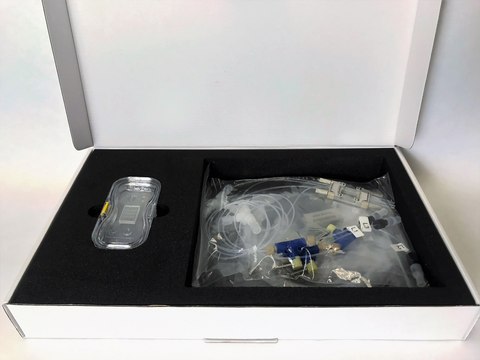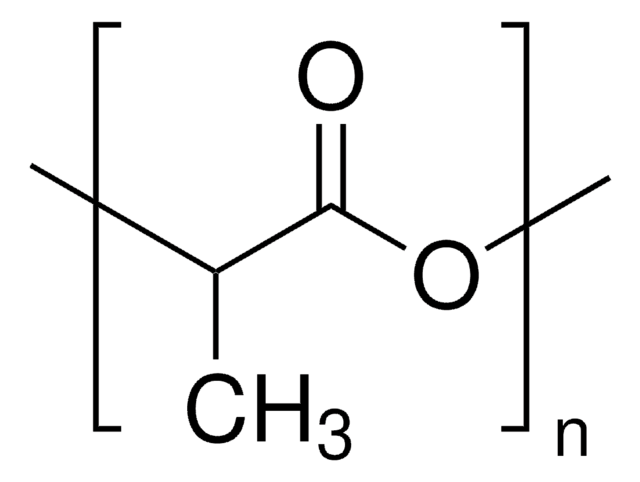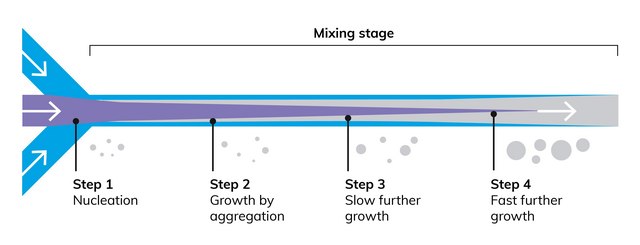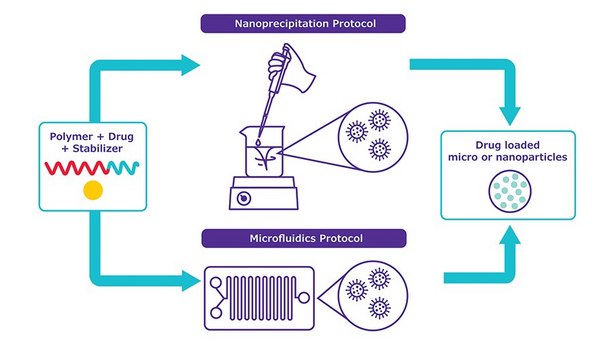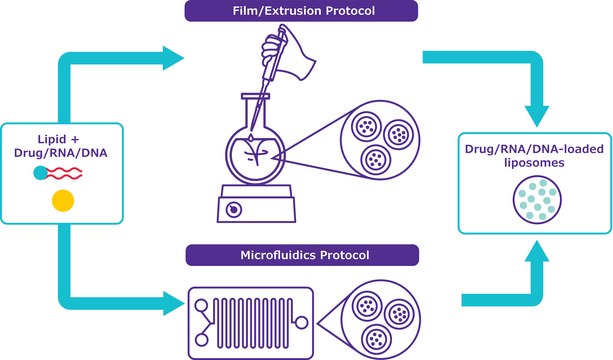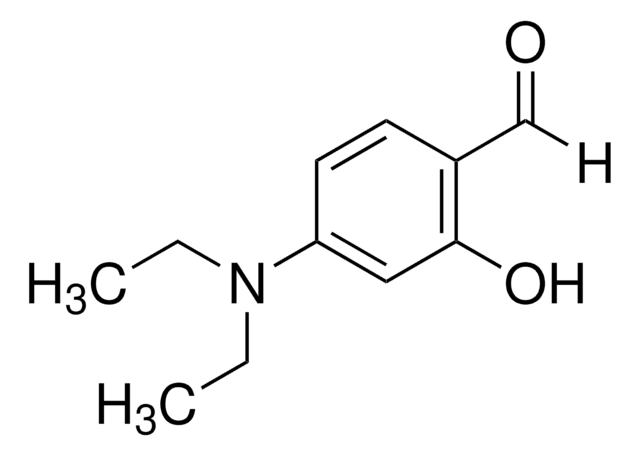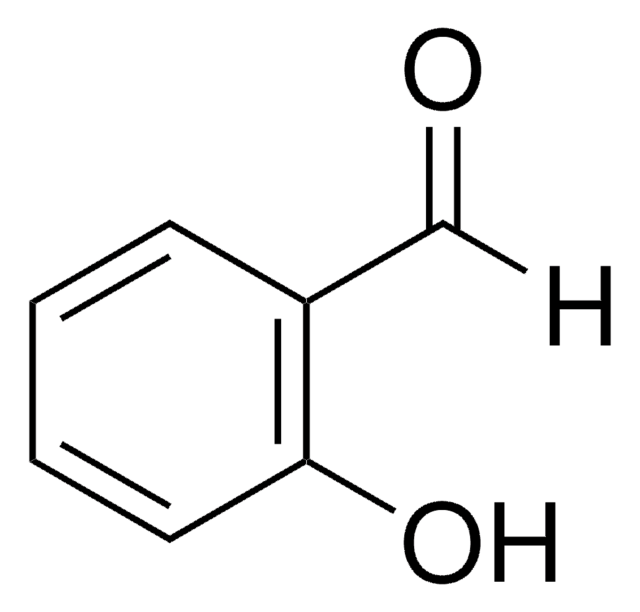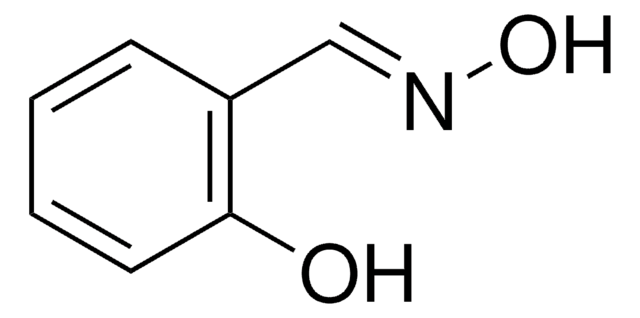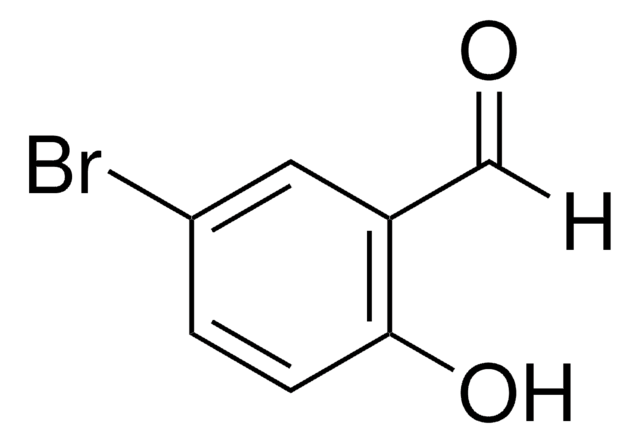推荐产品
1 of 4
此商品 | S356 | 84172 | 137286 |
|---|---|---|---|
| assay 98% | assay 98% | assay ≥98.0% (NT) | assay 98% |
| Quality Level 200 | Quality Level 200 | Quality Level 200 | Quality Level 200 |
| mp 60-62 °C (lit.) | mp 1-2 °C (lit.) | mp 57-59 °C, 59-61 °C (lit.) | mp 102-106 °C (lit.) |
一般描述
- A nanoprecipitation protocol to prepare drug-encapsulated nanoparticles in standard laboratory glassware.
- A microfluidics protocol using commercial platforms or syringe pumps.
应用
特点和优势
- Ready-to-use nanoformulation kit for PLA nanoparticles
- Step-by-step protocols developed and tested by our formulation scientists
- Flexible synthesis tool to create uniform and reproducible nanoparticles
- Optimized to make nanoparticles 100–200 nm nanoprecipitation or microfluidics with low polydispersity
- Based on non-toxic, biodegradable polymers
法律信息
相关产品
储存分类代码
11 - Combustible Solids
法规信息
商品
NanoFabTx™ platform accelerates drug development with ready-to-use formulations and microfluidic devices for particle synthesis.
NanoFabTX drug delivery formulation kits and lipids mixes for mRNA, nucleic acid, and small molecule delivery in lipid nanoparticles, liposomes and polymeric nanoparticles prepared using Precision NanoSystems microfluidic NanoAssemblr
Professor Robert K. Prud’homme introduces flash nanoprecipitation (FNP) for nanoparticle fabrication, which is a scalable, rapid mixing process for nanoparticle formulations.
我们的科学家团队拥有各种研究领域经验,包括生命科学、材料科学、化学合成、色谱、分析及许多其他领域.
联系客户支持